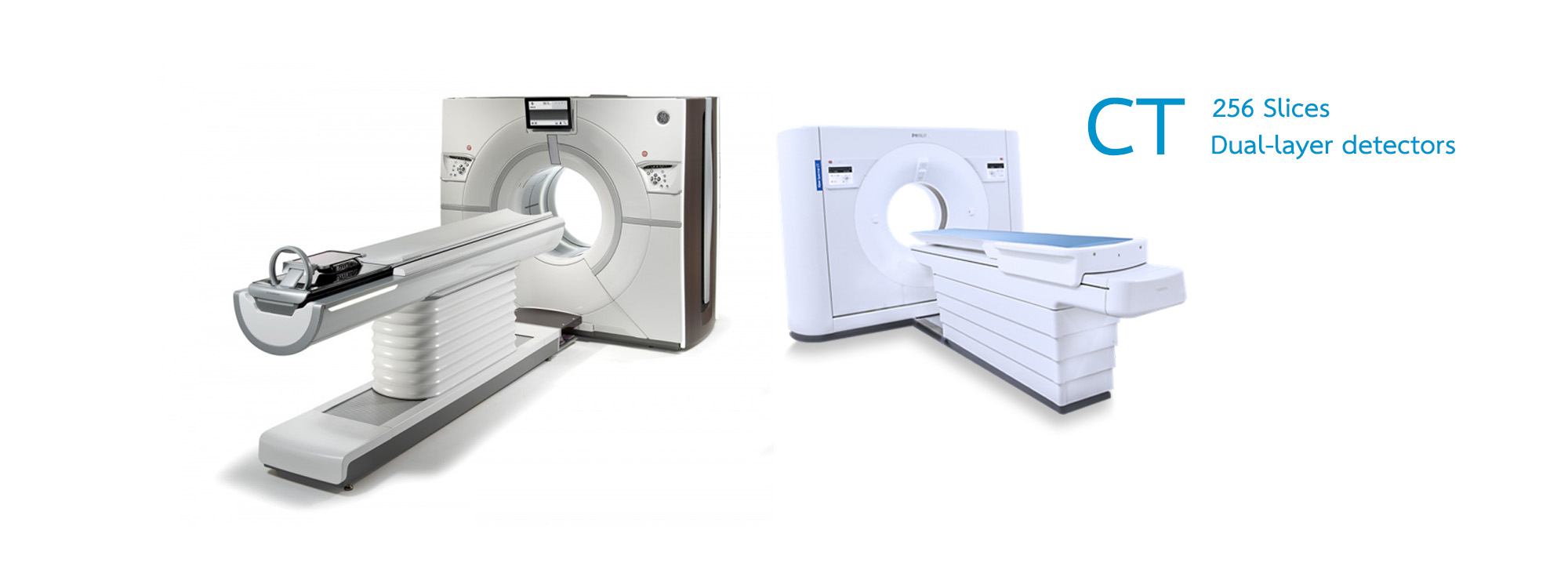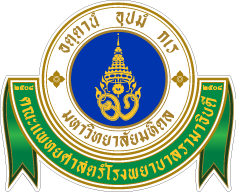| Computerized Topographic (CT) Scanner | |
|
A Computerized Topographic (CT) scanner is actually an advanced X-ray machine that can reconstruct 3-D images. The conventional X-ray machine gives us 2-D projection images, while the CT scanner takes the X-ray images from many angles around the patient body, and then computes for the best image intensity for each very tiny area of the scanned section (slice). Modern CT scanners such as those at AIMC can scan very fast to get volume (3-D) images due to there are many X-ray detectors and the X-ray source as well as the detectors are rapidly rotated.  CT scanner components and how it works Pro of CT Scanner - A CT scanner gives us cross-sectional topographic images which better shows details and structures of internal organs than conventional X-ray images. Moreover, the resultant images are volume (3-D) images, thus, besides in axial view, images can displayed in other views such as sagittal and coronal. Con of CT Scanner - The patient receives ionizing ray (X-ray). Thus, one should be cautious to use the CT scanner on children and pregnant women. |
|
